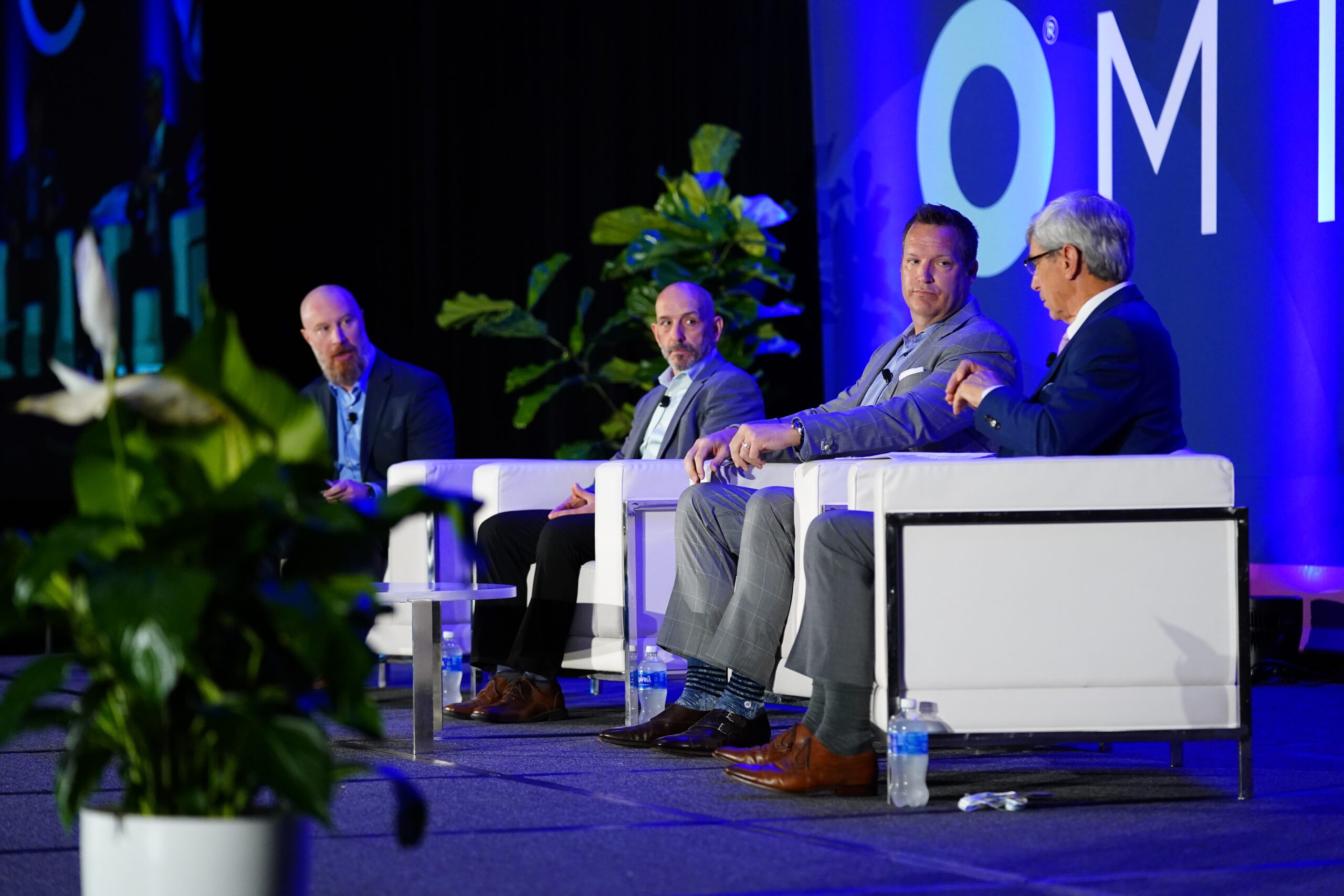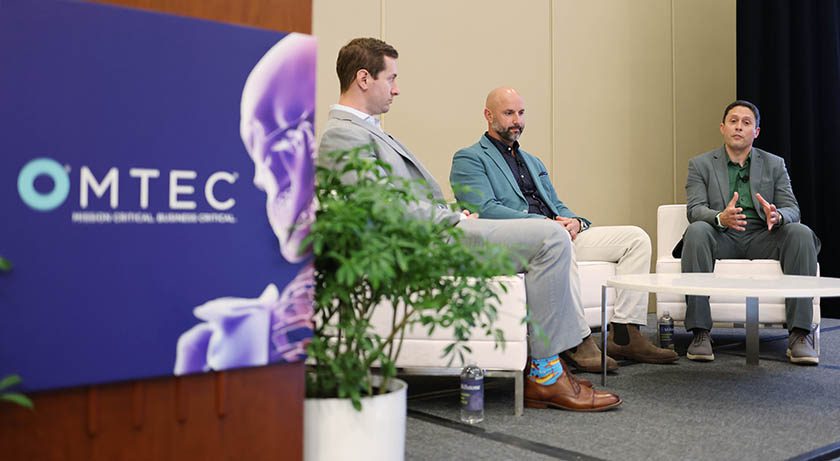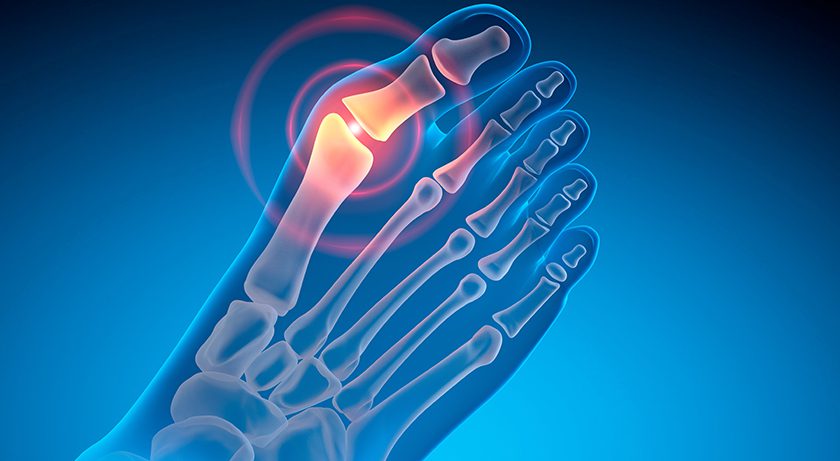

 Copy to clipboard
Copy to clipboard 
The orthopedic market’s fourth quarter closed out a strong year in which volumes largely normalized but still benefitted from emerging tailwinds. Below are selected comments from the leaders of top orthopedic companies as they reported 4Q earnings.
Orthopedic Landscape Undergoing Major Change
The orthopedic market started off 2025 with major strategic moves: Stryker bowed out of spine, while Zimmer Biomet purchased Paragon 28. Meanwhile, Enovis’ integration of LimaCorporate produced stellar results and pushed the company into the $1 billion tier.
Kevin Lobo, Stryker CEO
We’ve been looking at this market for a long time, and we’ve been trying to make improvements in our Spine business. We are excited about the enabling tech with Copilot and Mako Spine, but fundamentally just have better opportunities to invest our funds in other businesses.
It’s just one of those things where we’ve moved into so many other faster-growing spaces where we’d like to spend our time and our energy. It’s a very competitive market on the implant side of the business, where we just haven’t had the same degree of innovation that we’ve had in other parts of our portfolio. So this felt like the right time.
Ivan Tornos, Zimmer Biomet CEO
To complement our product cycle we entered into a definitive agreement to acquire Paragon 28, which is a leader in the rapidly-growing $5 billion foot and ankle space. I could not be more excited about this partnership.
We maintain our desire to diversify into higher growth segments through disciplined M&A, and this transaction checks the growth, accretion, dilution and all the strategic boxes that we’ve been discussing for quite some time.
Matt Trerotola, Enovis CEO
We put two big businesses together outside the U.S. And it’s not just a swap between Lima and legacy Mathys. Our business outside the U.S. outperformed our expectations last year. Really a fantastic start there.
There was some visible growth impact in the U.S. because that’s where we felt the brunt of the integration, and that’s unfortunate, because frankly it created a lot of discussion about lean integration challenges when the reality is the Lima integration has gone fantastically well.
Unique Challenges of the Spine Market
While Stryker kept its spine enabling technology in-house, it was slow to field a complete ecosystem. ATEC and Medtronic believe technology is the key to competing in the spine business.
Pat Miles, ATEC CEO
I have to tell you, those who think that this environment hasn’t progressed beyond plates and screws are kidding themselves. It’s also gone beyond precision-only tools in the operating room. Our informatics platform is so unique.
When guys from Stryker start to look around and see what opportunities they have to be part of, companies that ultimately invested in the future and in the requirements of the future, I think that they’re going to look very favorably upon us.
I think it’s a tough place to be in a private equity world whereby investments are difficult and the need for unique technologies that go beyond the operating room are required. I love it and I think our chances are great.
Geoffrey Martha, Medtronic CEO
I’ve been saying for some time now that the basis of competition in the spine market is rapidly changing. You saw yet another example last month when a major competitor decided to get out of the spine business. We’re causing this disruption. We’re causing this disruption with our arsenal of differentiated enabling technology.
Look, surgeons have to make a choice and they’re standardizing with the company that can offer them this full complement of innovative technologies. Those competitors that can’t or can only offer certain pieces, well, we’re seeing them either struggle or just exit the market altogether.
Global Expansion Opportunities and Headwinds
Many companies see compelling international opportunities in 2025 and beyond. Right now, however, China isn’t one of them. More sports medicine products will come under volume-based procurement this year, and off-tender ordering has favored domestic Chinese companies.
Deepak Nath, Smith+Nephew CEO
China orthopedics today, at VBP price levels, is not a profitable business for us. Why are we in it? First it’s giving ourselves the opportunity to see how the market evolves and in particular how robotics gets adopted in that market. In order for us to do that you need to maintain a certain level of presence and actually have direct some efforts in developing the robotics market.
In terms of go/no-go decision, we decided to enter into the current round of recon tender in March 2024. The go/no-go decision would be essentially whether we want to participate in the next round of tender, right? And that depends on how the market evolves.
Dan Scavilla, Globus Medical CEO
Our international spine implant business delivered record Q4 sales with high double-digit growth in most markets and strong dollar contribution driven by Japan, United Kingdom, Italy and Ireland.
We have yet to fully harness the power of the combined Globus/NuVasive product offering internationally, and feel this will be a significant tailwind as we move forward in 2025 and beyond.
Massimo Calafiore, Orthofix Medical CEO
Our global orthopedics business delivered record net sales in Q4, representing constant currency growth of 18%. U.S. orthopedics benefited from strong execution and grew a record 21%.
We are in the very early stages of expanding into the U.S. orthopedics market, which presents incredible growth opportunities given our unique and innovative product lines.
The orthopedic market's fourth quarter closed out a strong year in which volumes largely normalized but still benefitted from emerging tailwinds. Below are selected comments from the leaders of top orthopedic companies as they reported 4Q earnings.
Orthopedic Landscape Undergoing Major Change
The orthopedic market started off 2025 with...
The orthopedic market’s fourth quarter closed out a strong year in which volumes largely normalized but still benefitted from emerging tailwinds. Below are selected comments from the leaders of top orthopedic companies as they reported 4Q earnings.
Orthopedic Landscape Undergoing Major Change
The orthopedic market started off 2025 with major strategic moves: Stryker bowed out of spine, while Zimmer Biomet purchased Paragon 28. Meanwhile, Enovis’ integration of LimaCorporate produced stellar results and pushed the company into the $1 billion tier.
Kevin Lobo, Stryker CEO
We’ve been looking at this market for a long time, and we’ve been trying to make improvements in our Spine business. We are excited about the enabling tech with Copilot and Mako Spine, but fundamentally just have better opportunities to invest our funds in other businesses.
It’s just one of those things where we’ve moved into so many other faster-growing spaces where we’d like to spend our time and our energy. It’s a very competitive market on the implant side of the business, where we just haven’t had the same degree of innovation that we’ve had in other parts of our portfolio. So this felt like the right time.
Ivan Tornos, Zimmer Biomet CEO
To complement our product cycle we entered into a definitive agreement to acquire Paragon 28, which is a leader in the rapidly-growing $5 billion foot and ankle space. I could not be more excited about this partnership.
We maintain our desire to diversify into higher growth segments through disciplined M&A, and this transaction checks the growth, accretion, dilution and all the strategic boxes that we’ve been discussing for quite some time.
Matt Trerotola, Enovis CEO
We put two big businesses together outside the U.S. And it’s not just a swap between Lima and legacy Mathys. Our business outside the U.S. outperformed our expectations last year. Really a fantastic start there.
There was some visible growth impact in the U.S. because that’s where we felt the brunt of the integration, and that’s unfortunate, because frankly it created a lot of discussion about lean integration challenges when the reality is the Lima integration has gone fantastically well.
Unique Challenges of the Spine Market
While Stryker kept its spine enabling technology in-house, it was slow to field a complete ecosystem. ATEC and Medtronic believe technology is the key to competing in the spine business.
Pat Miles, ATEC CEO
I have to tell you, those who think that this environment hasn’t progressed beyond plates and screws are kidding themselves. It’s also gone beyond precision-only tools in the operating room. Our informatics platform is so unique.
When guys from Stryker start to look around and see what opportunities they have to be part of, companies that ultimately invested in the future and in the requirements of the future, I think that they’re going to look very favorably upon us.
I think it’s a tough place to be in a private equity world whereby investments are difficult and the need for unique technologies that go beyond the operating room are required. I love it and I think our chances are great.
Geoffrey Martha, Medtronic CEO
I’ve been saying for some time now that the basis of competition in the spine market is rapidly changing. You saw yet another example last month when a major competitor decided to get out of the spine business. We’re causing this disruption. We’re causing this disruption with our arsenal of differentiated enabling technology.
Look, surgeons have to make a choice and they’re standardizing with the company that can offer them this full complement of innovative technologies. Those competitors that can’t or can only offer certain pieces, well, we’re seeing them either struggle or just exit the market altogether.
Global Expansion Opportunities and Headwinds
Many companies see compelling international opportunities in 2025 and beyond. Right now, however, China isn’t one of them. More sports medicine products will come under volume-based procurement this year, and off-tender ordering has favored domestic Chinese companies.
Deepak Nath, Smith+Nephew CEO
China orthopedics today, at VBP price levels, is not a profitable business for us. Why are we in it? First it’s giving ourselves the opportunity to see how the market evolves and in particular how robotics gets adopted in that market. In order for us to do that you need to maintain a certain level of presence and actually have direct some efforts in developing the robotics market.
In terms of go/no-go decision, we decided to enter into the current round of recon tender in March 2024. The go/no-go decision would be essentially whether we want to participate in the next round of tender, right? And that depends on how the market evolves.
Dan Scavilla, Globus Medical CEO
Our international spine implant business delivered record Q4 sales with high double-digit growth in most markets and strong dollar contribution driven by Japan, United Kingdom, Italy and Ireland.
We have yet to fully harness the power of the combined Globus/NuVasive product offering internationally, and feel this will be a significant tailwind as we move forward in 2025 and beyond.
Massimo Calafiore, Orthofix Medical CEO
Our global orthopedics business delivered record net sales in Q4, representing constant currency growth of 18%. U.S. orthopedics benefited from strong execution and grew a record 21%.
We are in the very early stages of expanding into the U.S. orthopedics market, which presents incredible growth opportunities given our unique and innovative product lines.

You are out of free articles for this month
Subscribe as a Guest for $0 and unlock a total of 5 articles per month.
You are out of five articles for this month
Subscribe as an Executive Member for access to unlimited articles, THE ORTHOPAEDIC INDUSTRY ANNUAL REPORT and more.
ME
Mike Evers is a Senior Market Analyst and writer with over 15 years of experience in the medical industry, spanning cardiac rhythm management, ER coding and billing, and orthopedics. He joined ORTHOWORLD in 2018, where he provides market analysis and editorial coverage.







